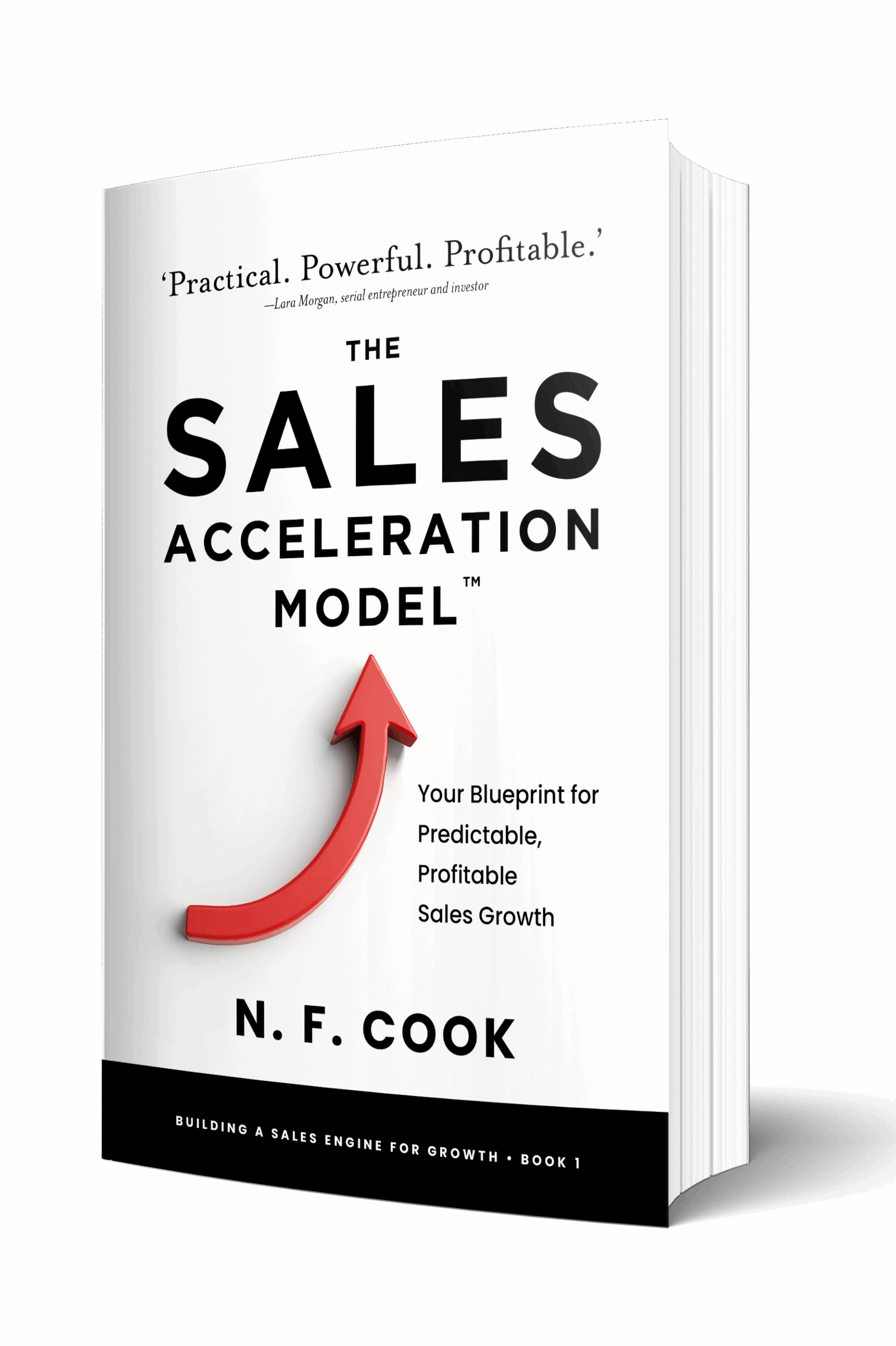Is your customer buying experience digitally enabled?
The final step of any business’s sales process is finalising the transaction with your customer and making that process as quick, easy and pain-free as possible, regardless of the digital, retail or business platform you use to interact with your customers.
Why go to all of that effort to develop a product, take it to market, promote the heck out of it, engage your prospects in a sales process, only to fall at the last hurdle and fail to close the sale or make it difficult for your customers to actually do business with you.
Any fans of the UK TV show Little Britain will be familiar with the catchphrase “Computer says No!” and sadly I come across this time and time again, where a customer wants to do business and either the salesperson fails to spot the buying signals and lacks the skills to know how to make the ask or the customer is required to ‘fit’ into the organisation’s way of working in order to complete the transaction.
Let me give you a recent example from a high-street retailer. A couple of weeks’ ago I wanted to make a purchase from a retailer who has both a high street and online presence. I’m a loyalty cardholder with this company and I’m also on their mailing list and they regularly email me offers enticing me to click the link and browse (and ultimately spend) with them online. Well done to the marketing team, as I do regularly click and end up shopping with this company.
However, on this particular occasion, I wanted to use some gift vouchers I had been given, however, the website did not have the capability of using the vouchers for payment. It did offer a couple of delivery options including electing to have the delivery sent to my local store for collection, but there didn’t appear to be a way I could reserve the items I wanted and pay using the gift vouchers in my local store, so I called them.
It was a Sunday evening, therefore, out of normal working hours, but the telephone number that was listed on the site was answered by a ‘Customer Service Representative.’ The agent advised that, indeed, it was only possible to use the gift vouchers in store but that it also wasn’t possible to have the items sent there or reserved for me to pay and collect.
The only suitable option he offered was for me to pay for the items, and he would ask a real Customer Service Representative to call me back the next day, i.e. someone actually employed by the company rather than an outsourced out of hours call handling service. He assured me this real Representative would have the authority to refund my payment in exchange for the Gift Vouchers. Not trusting his credentials, I specifically asked “what if they say that’s not possible?” to which he replied, “that absolutely won’t happen”.
Well, guess what…..yep, my call with Customer Services the next day was a myriad of excuses and explanations of what wasn’t possible and what they couldn’t do because their systems won’t allow it. A true ‘Computer says No’ scenario! I’m sure the Marketing team would be so disappointed to know that all their efforts in driving sales and revenue were being thwarted by incompetence elsewhere in the company.
Consumer behaviour is changing. We now live in a 24/7 mobile world where our customers want to be able to interact with us at any time via any media they choose, be that our retail stores (if we have them), our website, social media, the telephone, or email and businesses need to be set up to maximise this opportunity. Many sadly aren’t.
In the 60 seconds it’s probably taken you to read this far did you know that:
- 85 iPads were sold
- 925 iPhones were sold
- 710 Computers were sold
- 70 new domain names were registered
- 695,000 people updated their Facebook status
- 694,445 searches were carried out on Google
- 168,000,000 emails and 960,000,000,000 SMS messages were sent
- $219,000 worth of transactions were completed on PayPal, $10,000 worth via PayPal mobile
- and 60 purchases were made via eBay mobile apps
Did you also know that:
- Online sales account for a fifth of all retail sales in the UK (and it’s rising all the time)
- 58% of purchase decisions begin on search engines
- 48% of consumers combine social media and search engines in their buying process
- 1 in every 59 visits to a UK website come from YouTube
- Online retail is growing 6 times faster than the high street and online sales were worth £91Billion in 2013
- More than 1 in 4 UK adults state online product reviews have a major influence on their purchasing decisions
- 34% of people think any information about a particular company, service or slogan in an offline channel has driven them to search for information online
Indeed even in Company Shortcuts, which is a service based B2B business around 30% of our total revenue is collected online. We may have had a conversation with that client via the telephone or in person, but often this is combined with an email or social media interaction, which then drives the customer to complete a purchase online.
We love it, as not only does it allow the customer to be in charge of their own purchase timing, using our systems we can initiate and automate the beginning of their service experience with us at the point of transaction – even if that is in the middle of the night, so we are not reliant on a member of the team manually pressing a button. And as a business model it front loads a chunk of our cash collection, which keeps our Finance Director happy!!
It frustrates the heck out of me when an organisation, like the one I described above, see the physical retail arm and the digital aspect of their business as two separate entities. As a consumer, I don’t. Why issue gift vouchers in the store without the capability to accept them online?
And it doesn’t have to be one or the other either i.e. only engaging with customers physically or digitally. Mobile access to the Internet means it is possible to combine both and in real time.
In North America one in four Starbucks payments are from a mobile device (and I personally use my iPhone to pay for my morning Starbucks – so we obviously catching up here in the UK too!), more than a third of Domino’s Pizza deliveries in the UK are now ordered online and only yesterday I went to pay a bill in Pizza Express and on the receipt was an option to pay via an App using my mobile device.
Have you bought anything from an Apple store recently, you can pick something off the shelf, use their in-store Wi-Fi to access their APP and complete the transaction yourself! Leaving their sales agents to walk the floor, engaging with clients, answering questions and making recommendations without the need to be anchored to a ‘till’ – genius in my opinion and some brilliant examples of how to ‘close and make it easy’ for a customer to complete a transaction.
When was the last time you reviewed your whole sales process and the potential system or people blocks that could be slowing down or inhibiting the close and collection of your sales revenue? Even if you don’t intend collecting online payments, is your website Mobile friendly? Have you ever tracked how many people are looking at your website using a mobile device and I guarantee it will be reducing their brand experience if they are having to read the teeny tiny text rather than a mobile-friendly layout! In today’s world, these are basic digital business requirements.
In a B2B environment what digital tools could you use to speed up the closing steps of the sale? Could you make your contracts electronic and use software such as Adobe Echosign to enable your sales agents to close quickly – we did and it’s speeded up our contract stage of closing by over 75%.
In retail, how can you combine both your offline and online channel strategies to create a seamless customer experience?
So taking all of this into account and the accelerating digital trends in consumer behaviour, how easy is it to do business with you and your organisation?


